Alara Akçasız
Why Strong Ideas Still Fail
You’ve got a killer campaign idea. The numbers look promising, the creative is sharp, and your team is on board. But when you present it to leadership, the response is lukewarm. Budget denied.
Sound familiar?
In many corporate environments, marketing campaign planners face a recurring dilemma: how to convince stakeholders to back a campaign before a single ad goes live. It’s not just about having a good idea — it’s about how you frame it, support it, and pitch it.
By the end of this guide, we’ll show how a European coffee brand, Iron Roasting Co., used this exact framework to launch a seasonal campaign that aligned stakeholders and secured budget.
This guide gives you a repeatable framework to create marketing pitches that resonate with decision-makers and drive budget approval. We’ll cover:
- Framing your campaign with design thinking
- Making your message stick using behavioral insights
- Exploring strategic value through business model innovation
- Validating campaign potential with pre-totyping
- Building slide decks with Decktopus AI and prompts from ChatGPT
Let’s begin with the foundation: getting the brief right.
Step 1: Frame the Campaign Goal with Design Thinking
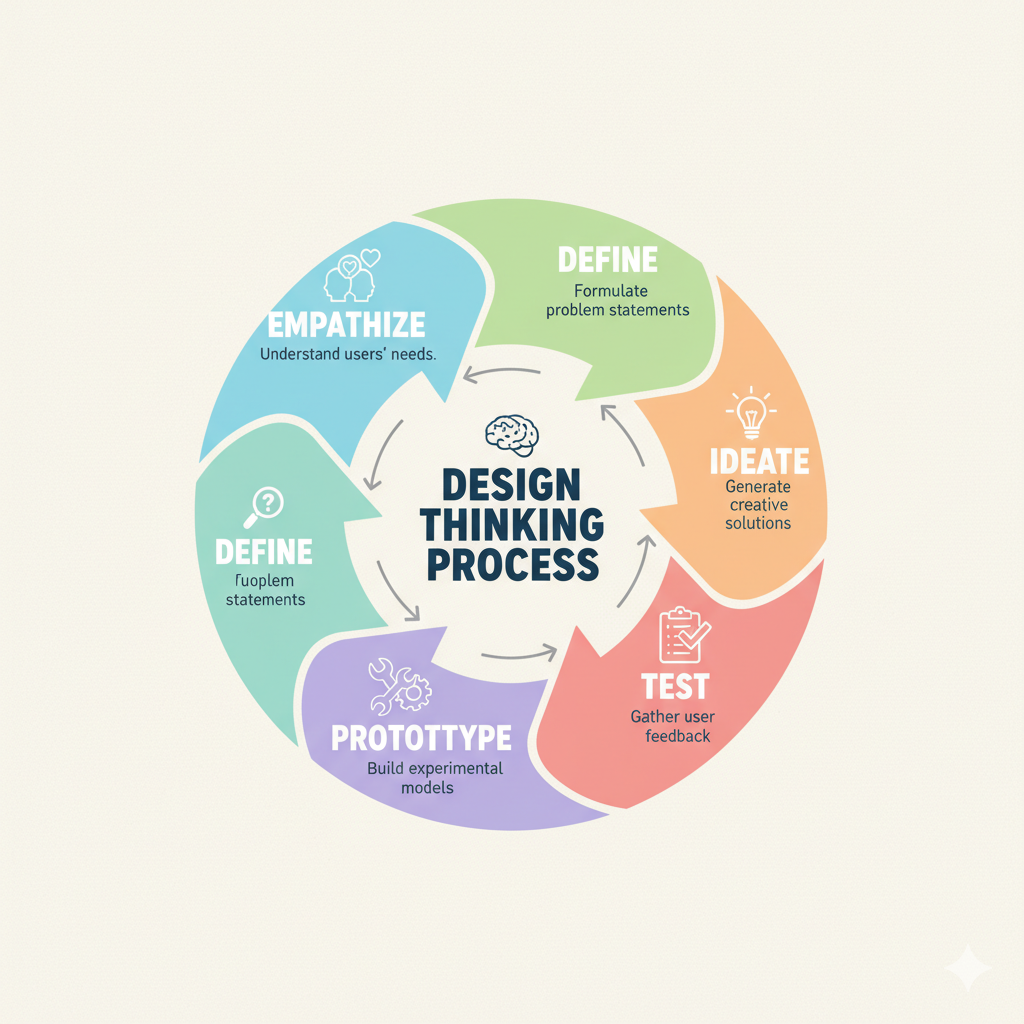
The most effective campaigns don’t start with brainstorming — they start with empathy. Design thinking flips the traditional “big idea” process by helping you define real-world problems and stakeholder goals before building solutions.
Use this 3-part approach:
- Empathize with Stakeholders
- What does your VP care about this quarter? Is it revenue growth, customer retention, or brand perception?
- Talk to sales, finance, and product teams to understand internal expectations.
- What does your VP care about this quarter? Is it revenue growth, customer retention, or brand perception?
- Define the Problem Clearly
- Reframe vague goals like “boost Q4 sales” into concrete design challenges like:
“How might we convert last year’s inactive customers into Q4 buyers using limited paid media?”
- Reframe vague goals like “boost Q4 sales” into concrete design challenges like:
- Ideate with Focus
- Use structured ideation methods (like “How Might We” prompts) to keep solutions grounded in business goals.
- Use structured ideation methods (like “How Might We” prompts) to keep solutions grounded in business goals.
💡 ChatGPT Prompt
“Act as a Chief Marketing Officer reviewing a seasonal campaign idea. What would convince you to approve a $250K budget in Q4?”
This sets the foundation for a pitch that aligns with both user needs (external) and stakeholder objectives (internal).
Step 2: Leverage Cognitive Biases for Persuasive Messaging

When your campaign goes to the pitch room, it’s not just evaluated on logic — it’s judged through bias-laden lenses. People are predictably irrational, as behavioral science shows, and recognizing this gives you a strategic edge.
Use insights from the MINDSPACE model to frame your pitch:
- Messenger: Let data speak through trusted sources. Quote industry leaders or show competitor benchmarking.
- Incentives: Highlight clear ROI, but also loss aversion. What happens if this campaign isn’t approved?
- Salience: Customize the pitch title or cover slide to mention the stakeholder’s department or goal.
💡 ChatGPT Prompt
“Review this marketing message using the MINDSPACE framework. Which biases are leveraged effectively, and what can be improved?”
By mapping your campaign message to how humans actually decide, you increase perceived value — especially when asking for money.
At the end of the article, you’ll see how they used scarcity, loss aversion, and messenger credibility to make their limited-time roast irresistible.
Step 3: Innovate the Business Model of the Campaign
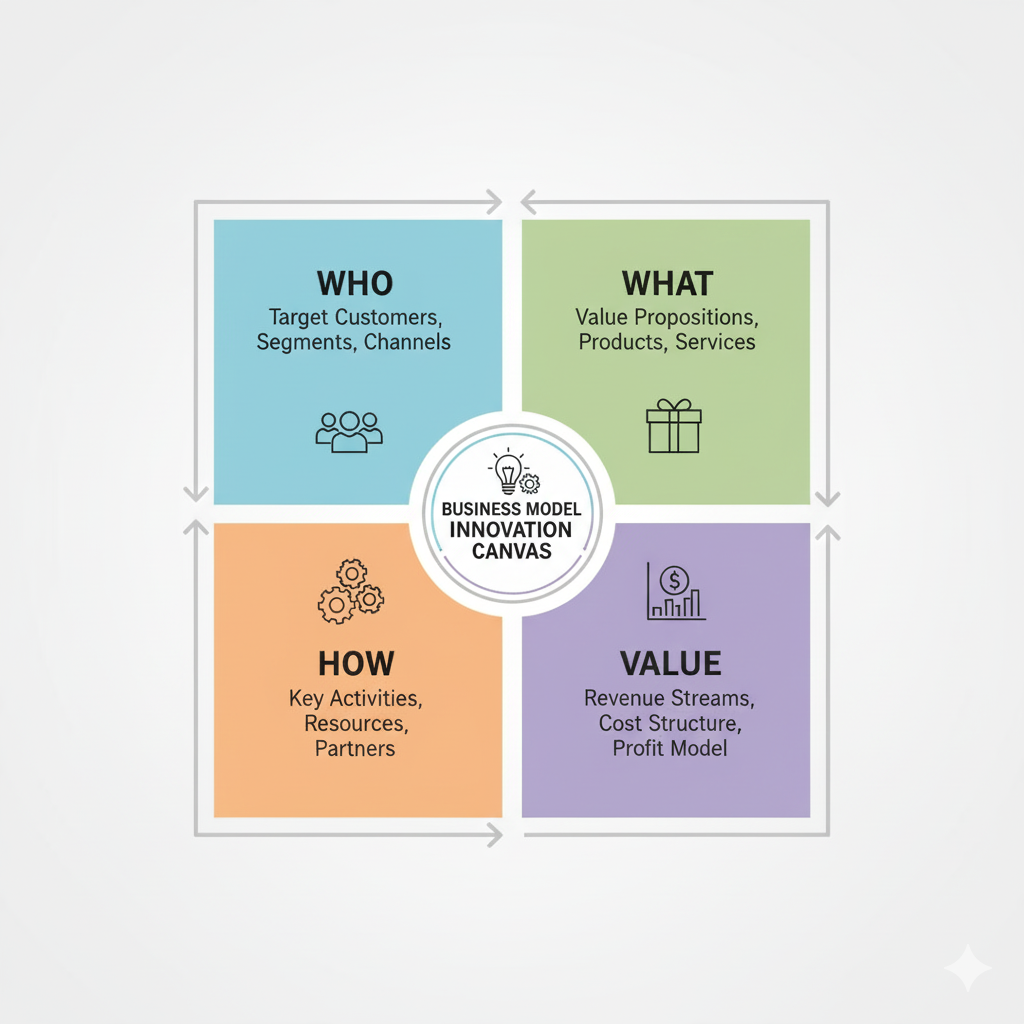
Even the best messaging can’t fix a flawed campaign model. If your pitch is built on stale assumptions — same audience, same channels, same hooks — it risks sounding like a repeat of last quarter’s playbook.
Business Model Innovation (BMI) offers a structured way to rethink your campaign at a strategic level. Borrowing from the St. Gallen Business Model Navigator, focus on these four key questions:
- Who is the customer?
- Re-evaluate your segment. Is there an underserved niche (e.g., dormant accounts, high CLV users, Gen Z buyers)?
- Re-evaluate your segment. Is there an underserved niche (e.g., dormant accounts, high CLV users, Gen Z buyers)?
- What are you offering them?
- Are you solving a new problem or repositioning an old one? Your value proposition must be campaign-specific, not brand-generic.
- Are you solving a new problem or repositioning an old one? Your value proposition must be campaign-specific, not brand-generic.
- How will you deliver it?
- Could this campaign lean into a new channel (e.g., micro-influencers, first-party email lists, WhatsApp CRM flows)?
- Could this campaign lean into a new channel (e.g., micro-influencers, first-party email lists, WhatsApp CRM flows)?
- How will it create value (and capture it)?
- Show how the campaign generates revenue or saves cost — and who benefits.
- Show how the campaign generates revenue or saves cost — and who benefits.
Example:
For a Q4 B2C campaign:
- Who: High-intent customers from last year’s cart abandoners.
- What: A “limited time comeback” discount offer.
- How: Email + SMS journey with countdown timers and social proof.
- Value: Maximizes reactivation with minimal acquisition cost.
💡 ChatGPT Prompt
“Give me 3 innovative campaign business model ideas for reactivating lapsed users during Black Friday, using the ‘Who-What-How-Value’ framework.”
BMI lets you show stakeholders you’re not just asking for budget — you’re evolving the campaign as a mini-business model. That changes the conversation from “Is this worth spending on?” to “This is how we stay ahead.”
Step 4: Pretotype the Campaign for Internal Buy-In
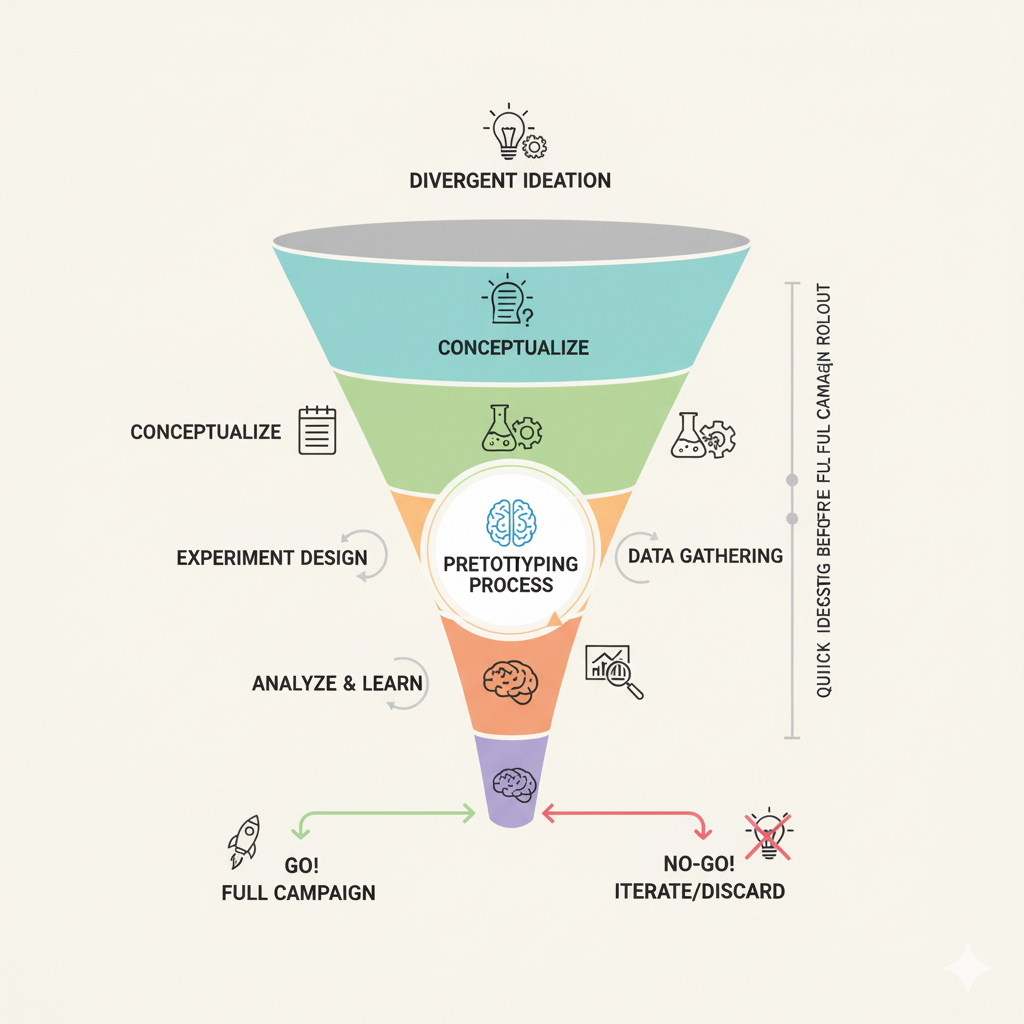
Before you spend weeks on creative development, test the idea’s viability — not with customers, but with internal stakeholders. This is the essence of pre-totyping, a concept from innovation design that validates ideas before full execution.
Why pretotype instead of prototype?
- Prototype tests execution (design, UX, assets).
- Pretotype tests the idea itself — the “should we do this at all?” question.
Pretotyping Tactics for Campaign Planners:
- Run a strawman test: Create a 1-slide version of the campaign and ask for quick feedback.
- Mock the first 48 hours: What happens if this campaign goes live tomorrow? Who clicks? Who converts?
- Simulate a landing page: Use tools like Carrd or Notion to test engagement on the offer headline.
💡 ChatGPT Prompt
“Pretotype this campaign idea for a new holiday promotion: what are three ways to test its appeal with minimal budget or creative investment?”
Then, take your insights and turn them into a mini-deck using Decktopus AI, showcasing:
- What the concept is
- How you tested it (pretotype method)
- Early signals or learnings
- Why it’s worth investing in
This makes your pitch evidence-driven — and harder to dismiss.
Now that the groundwork is set, let’s walk through exactly how Iron Roasting Co. turned this framework into a budget-approved pitch using Decktopus AI.
Step 5: Build the Campaign Pitch Deck with Decktopus AI

Now that you've clarified your campaign goal, tapped into behavioral science, rethought your business model, and pretotype-tested the idea, it’s time to build your pitch deck — the tool that makes or breaks your campaign's budget approval.
Decktopus AI simplifies the slide-building process by converting prompts into structured, stakeholder-ready presentations.
Suggested Slide Framework:
- Title Slide
- “Q4 Comeback Campaign: Reactivating Our Highest-Intent Buyers”
- “Q4 Comeback Campaign: Reactivating Our Highest-Intent Buyers”
- Problem Statement
- What challenge are we solving? Frame it with internal data + urgency.
- What challenge are we solving? Frame it with internal data + urgency.
- Opportunity Snapshot
- Show trends, competitor moves, or customer behavior shifts.
- Show trends, competitor moves, or customer behavior shifts.
- Customer Insight
- What did empathy and pretotype feedback reveal?
- What did empathy and pretotype feedback reveal?
- Strategic Model (BMI)
- WHO, WHAT, HOW, VALUE – clearly mapped.
- WHO, WHAT, HOW, VALUE – clearly mapped.
- Campaign Mechanics
- Channels, timing, creative direction (mockups optional).
- Channels, timing, creative direction (mockups optional).
- Expected Results (KPIs)
- Revenue targets, CTR, CAC, reactivation rate.
- Revenue targets, CTR, CAC, reactivation rate.
- Budget Breakdown
- Visual pie chart + ROI estimate.
- Visual pie chart + ROI estimate.
- CTA for Stakeholders
- “Greenlight this pilot to launch before November 1.”
- “Greenlight this pilot to launch before November 1.”
💡 ChatGPT Prompt
“Create an outline for a marketing campaign pitch deck for our Q4 holiday strategy, structured for executive stakeholders.”
💡 Decktopus Prompt
"Create a persuasive marketing pitch deck titled 'Q4 Comeback Campaign' targeting C-level stakeholders. Include slides for value proposition, customer segment, marketing channels, ROI forecast, and a call to approve budget."
Decktopus helps you deliver polished slides fast, but the strategic substance you’ve built in earlier steps is what seals approval.
Step 6: Campaign Example – A Q4 Holiday Pitch in Action
Let’s apply all five steps with a concrete example:
Scenario:
You’re launching a Q4 campaign for a mid-tier fashion brand that struggled with customer churn last season.
Your Process:
- Design Thinking: You empathize with both customers (price-sensitive during inflation) and stakeholders (need ROI clarity fast).
- Cognitive Biases: You use salience and loss aversion — “Don’t Miss Out on Q4's Only Discount.”
- Business Model Innovation: Reframe campaign to focus on reactivating last year’s top 10% customers via SMS-only, high-urgency funnel.
- Pretotyping: Test SMS copy with internal staff and a 10-customer pilot.
- Decktopus AI: Build a 9-slide deck showing strategy, insights, and ROI forecast.
Result: Approved campaign budget in 2 days. Launch scheduled by November 1.
Real-World Use Case: How Iron Roasting Co. Turned a Seasonal Campaign Into a Strategic Win
Want to see how this framework works in the real world? Let’s break down how Iron Roasting Co., a fast-growing coffee roasting brand with franchise cafés across Europe, applied each step of the process — from design thinking and behavioral insights to business model innovation and AI-powered pitch creation — to plan, validate, and win budget approval for a Q4 campaign. This case shows exactly how to transform planning into persuasion.
Step 1: Frame the Campaign Goal with Design Thinking
Empathy & Problem Definition
Brand context: Iron Roasting Co. operates a franchise network of roast‑and‑serve cafés across Europe. They source and roast beans in‑house, and their cafés serve both walk‑in customers and takeaway/online orders. The brand seeks to launch a Q4 seasonal campaign (for example, a “Winter Warm‑Up” or “Holiday Roast Revival”) to drive incremental revenue, boost customer frequency, and highlight the premium roasting story.
Empathy phase:
- Customer side: Some café customers are “regulars” but frequency has flattened; new customers may choose cheaper options or skip cafés due to cost pressures (and data from Europe suggests overall volume is stagnating, though value is increasing). Coffee Intelligence+2Coffee Intelligence+2
- Franchise/brand side: Stakeholders want a campaign that clearly demonstrates ROI, aligns with premium positioning, drives franchise uptake, and differentiates from competitors (many cafés are expanding across Europe; e.g., branded coffee shop network growth was 4.7% last year in Europe). World Coffee Portal
Define the challenge (crafting a “How might we” statement):
How might Iron Roasting Co. convert under‑utilised franchise cafés and lapsed café customers into higher‑frequency premium visits this Q4, by using their roasting heritage story and a seasonal offer without sacrificing margin?
Ideation (focus)
Generate ideas such as:
- Offering a limited‑edition seasonal roast (e.g., “Winter Single Origin Roast”) only available for a limited time across franchise cafés + online so the offer drives urgency.
- Bundling a premium tasting session plus takeaway bag to elevate the “premium roast story”.
- Creating a digital drip campaign to existing café loyalty members with “come back this Q4” messaging.
ChatGPT Prompt for this step:
“Act as a Chief Marketing Officer of Iron Roasting Co., reviewing a proposal for a Q4 seasonal campaign. What key questions would you ask to decide whether to approve a €200K budget? Highlight metrics, risk factors and story‑elements.”
This ensures the campaign goal is tied to empathy (customer & franchise), defined problem, and structured ideation.
Step 2: Leverage Cognitive Biases for Persuasive Messaging
Behavioural Insight Application
Because stakeholders and customers are humans making biased decisions, we leverage frameworks such as MINDSPACE: Messenger, Incentives, Norms, Defaults, Salience, Priming, Affect, Commitment, Ego. Trading Economics+1
Examples how Iron Roasting Co. can apply biases:
- Messenger: Use the Head Roaster (trusted internal expert) in campaign messaging: “Our Head Roaster picked this single origin just for this season” – lends authority.
- Salience: Emphasise “Only 12 cafés in Europe” or “Limited‑Edition 1,000 bags roasted for winter” to highlight scarcity.
- Loss aversion: Messaging like “Don’t miss your chance to sip our Winter Single Origin – once sold out, it's gone until next year”.
- Commitment/Ego: For loyalty members: “Join our Roaster’s Club and be among the first 500 to try the roast + walk away with your personalised bag” – appeals to status, identity.
- Defaults: In the online ordering flow, make the seasonal roast the default suggestion when user logs in to order in Q4 (they have to opt‑out rather than opt‑in).
ChatGPT Prompt for this step:
“Review this campaign messaging draft for Iron Roasting Co.’s Q4 seasonal offer using the MINDSPACE framework. Which behavioural levers are well used and which are missing?”
By intentionally building messaging with cognitive biases, you create a more persuasive pitch to stakeholders (for budget approval) and a more effective campaign to consumers.
Step 3: Innovate the Business Model of the Campaign
Applying the “Who‑What‑How‑Value” Framework
Borrowing from the St. Gallen Who‑What‑How‑Value Framework, we rethink the campaign model for Iron Roasting Co. Specialty Coffee Association+1
- Who (customer segment):
- Primary: Existing loyalty members who visited less than twice in past 3 months.
- Secondary: Franchise‑visiting tourists in European city cafés (seeking premium local brand experience).
- Primary: Existing loyalty members who visited less than twice in past 3 months.
- What (value proposition):
- Offer: “Winter Single Origin Roast Experience + Café Visit Deal” – a premium limited‑edition bag + in‑café tasting + takeaway coupon.
- Benefit: Emotional + sensory experience (“taste the new roast, meet the Roaster, enjoy café moment”) not just transaction.
- Offer: “Winter Single Origin Roast Experience + Café Visit Deal” – a premium limited‑edition bag + in‑café tasting + takeaway coupon.
- How (delivery model):
- Channel: Multi‑channel – in‑café QR code plus loyalty app push plus email.
- Timing: Launch first week of November, run for 8‑weeks, with countdown timers and limited quantity per café.
- Franchise involvement: Each franchise café receives “campaign kit” – display materials, roasted‑bag visuals, social media assets.
- Channel: Multi‑channel – in‑café QR code plus loyalty app push plus email.
- Value (capture & scalability):
- Revenue: Incremental bag sales + increased café visits (boosting add‑on sales).
- Cost control: Using existing roast line for limited edition reduces incremental roast cost; promotional add‑on (tasting) adds perceived value rather than big extra cost.
- Franchise value: Increased brand premium helps franchisees, making them more invested.
- Long‑term: Create a campaign “series” – this becomes part of brand narrative and loyalty cycle (anticipation for next season).
- Revenue: Incremental bag sales + increased café visits (boosting add‑on sales).
ChatGPT Prompt for this step:
“Give me 3 innovative campaign business model ideas for Iron Roasting Co.’s Q4 push using the Who‑What‑How‑Value framework.”
By presenting stakeholders not just a campaign but a mini‑business model, you elevate the pitch from “here’s a promotion” to “here’s strategic growth”.
Step 4: Pretotype the Campaign for Internal Buy‑In
Pretotyping Approach
Rather than building full creative and rollout before asking for budget, we prototype the concept internally to gather evidence and refine before full launch.
Pretotyping tactics for Iron Roasting Co.:
- Create a 1‑slide campaign concept in the brand’s internal pitch tool (covering target, offer, expected uplift) and present to 3 franchise café leads + Head Roaster for feedback within 48 hours.
- Launch a micro‑pilot in 2 cafés (one in Lisbon, one in Berlin) for one week: limit bag to 50 units, display signage, app push to ~100 loyalty members; measure redemption rate and café visits uplift.
- Simulate a landing page on the loyalty app: show front‐page banner of limited edition roast, capture how many clicks vs view, use metrics to estimate cluster.
Benefits:
- You validate whether the “Winter Single Origin + tasting add‑on” idea resonates.
- You capture quick feedback to refine offer, messaging, bag design, display.
- This internal validation becomes part of your pitch to leadership (helps reduce perceived risk).
ChatGPT Prompt for this step:
“Pretotype this campaign idea for Iron Roasting Co.’s Holiday Roast Series: list 3 ways to test concept appeal with minimal budget or resources.”
In your stakeholder pitch, you’ll be able to say: “We tested this in two cafés and saw a 15 % lift in visits — here’s the micro‑pilot data.”
Step 5: Build the Campaign Pitch Deck with Decktopus AI
Slide‑by‑Slide Framework for the Deck
Here’s a recommended outline for your stakeholder pitch deck for Iron Roasting Co.:
- Title Slide
- “Q4 2025 Holiday Roast Revival – Iron Roasting Co.”
- Subtitle: “Elevating the brand & driving incremental café visits across Europe”
- “Q4 2025 Holiday Roast Revival – Iron Roasting Co.”
- Executive Summary
- One‑pager of the campaign: goal, budget ask, expected ROI.
- One‑pager of the campaign: goal, budget ask, expected ROI.
- Market Opportunity & Context
- Data: European coffee market size & growth (e.g., specialty coffee CAGR ~10.3% 2025‑30) Grand View Research+1
- European branded coffee shop growth (4.7% growth to over 51k outlets) World Coffee Portal
- Data: European coffee market size & growth (e.g., specialty coffee CAGR ~10.3% 2025‑30) Grand View Research+1
- Customer Insight
- What we found during empathy/pre‑pilot: e.g., 40% of loyalty members in Berlin visited only once in last 90 days; pilot café showed high interest in seasonal bags.
- What we found during empathy/pre‑pilot: e.g., 40% of loyalty members in Berlin visited only once in last 90 days; pilot café showed high interest in seasonal bags.
- Campaign Model (Who‑What‑How‑Value)
- Map each quadrant clearly for campaign.
- Map each quadrant clearly for campaign.
- Offer & Mechanics
- Details: limited edition “Winter Single Origin Roast”, tasting add‑on, bundle. Channels: cafés, app, email, in‑franchise signage. Timing: Nov 1 – Dec 31, 2025.
- Details: limited edition “Winter Single Origin Roast”, tasting add‑on, bundle. Channels: cafés, app, email, in‑franchise signage. Timing: Nov 1 – Dec 31, 2025.
- Behavioural Messaging Strategy
- How we use Messenger, Salience, Loss Aversion, Commitment etc.
- How we use Messenger, Salience, Loss Aversion, Commitment etc.
- Pilot Results (Pretotype Data)
- Show micro‑pilot metrics: cafés tested, incremental visits %, bag sales, feedback.
- Show micro‑pilot metrics: cafés tested, incremental visits %, bag sales, feedback.
- Budget and ROI Forecast
- Budget ask (e.g., €200 K). Forecast: +10% café visits, +15% bag sales, incremental revenue €350 K, ROI 1.75×.
- Budget ask (e.g., €200 K). Forecast: +10% café visits, +15% bag sales, incremental revenue €350 K, ROI 1.75×.
- Risk & Mitigation
- Risk: higher green coffee cost (green coffee price up 60% year‑on‑year) Trading Economics
- Mitigation: use existing roast line, limit edition, secure hedging.
- Risk: higher green coffee cost (green coffee price up 60% year‑on‑year) Trading Economics
- Call to Action
- “Approve pilot launch across 100 franchise cafés by Nov 1 to capitalise on Holiday period.”
- “Approve pilot launch across 100 franchise cafés by Nov 1 to capitalise on Holiday period.”
- Appendix
- Franchise café kit rollout plan, regional breakdown, detailed KPIs.
- Franchise café kit rollout plan, regional breakdown, detailed KPIs.
ChatGPT & Decktopus Prompts
ChatGPT Prompt:
“Create an outline for a marketing campaign pitch deck for Iron Roasting Co.’s Q4 holiday strategy, structured for executive stakeholders.”
Decktopus AI Prompt:
“Create a persuasive marketing pitch deck titled ‘Q4 Holiday Roast Revival’ for Iron Roasting Co., a European coffee-franchise brand. Include slides for market opportunity, customer insight, campaign model, offer mechanics, pilot data, ROI forecast, risk mitigation, and CTA.”
By using these prompts and the earlier strategic work, you’ll craft a deck that’s polished, evidence‑based and tailored for stakeholder approval.
FAQs
1. What makes a pitch “data-driven”?
It’s not just numbers — it’s showing customer insights, behavioral framing, model testing, and ROI projections with logic.
2. How early should I involve stakeholders?
Start in Step 1. Use empathy interviews and strawman pitches to shape early buy-in.
3. Can this method work for small-scale or test campaigns?
Yes. Pretotyping is perfect for validating micro-campaigns and internal pilots.
4. What if Decktopus AI doesn’t capture our tone?
You can fully customize slides. Treat AI output as a first draft, not the final word.
5. What’s the biggest mistake in campaign pitching?
Jumping to creative without defining the strategic “why” behind it.

.svg)
.svg)
.svg)










.svg)



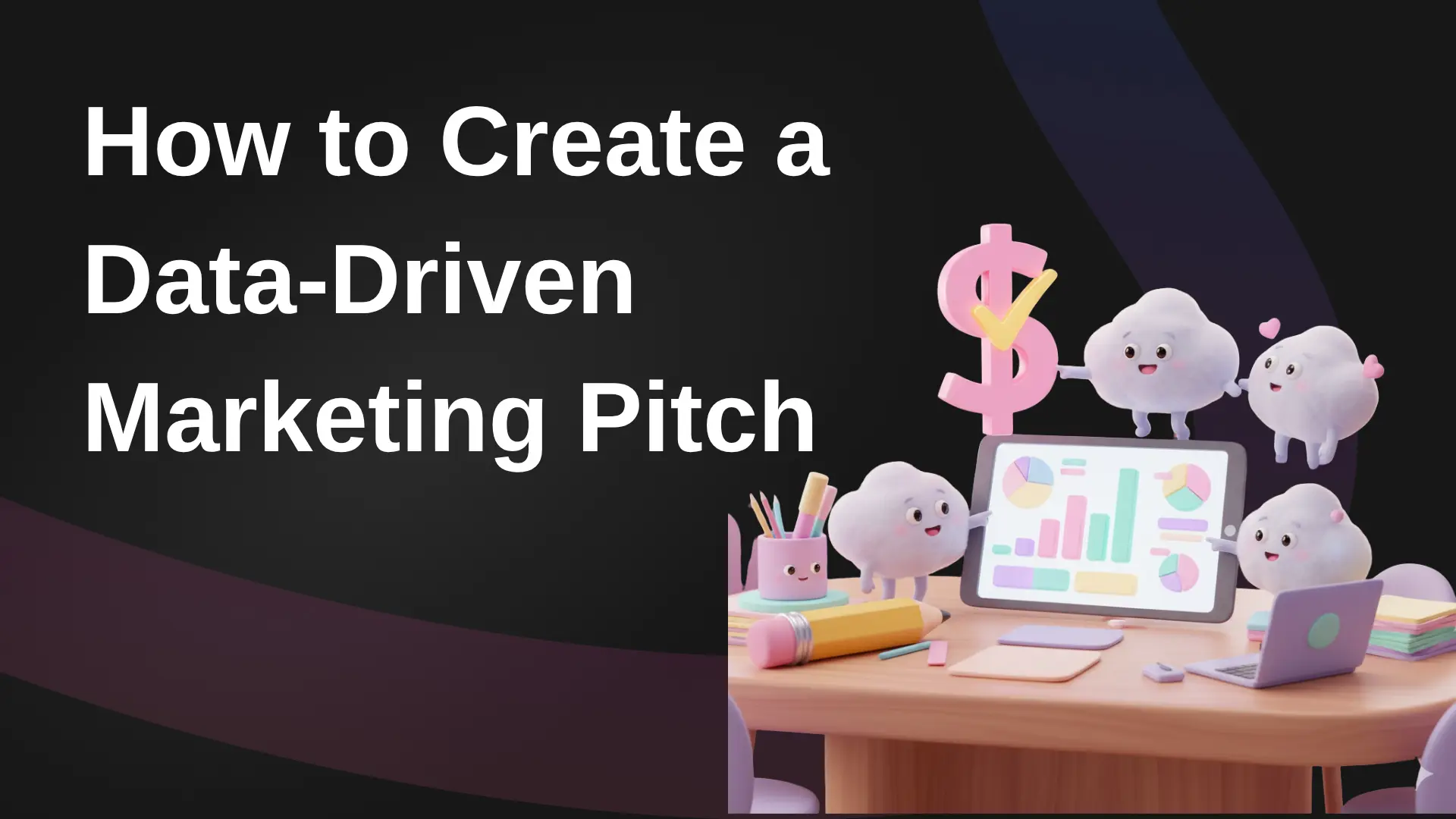
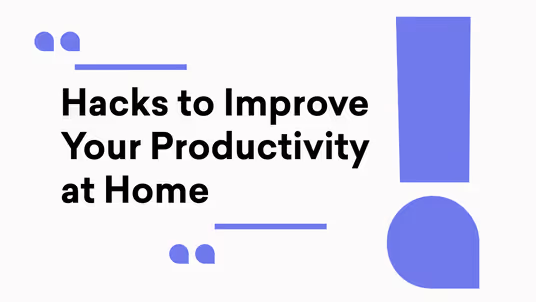
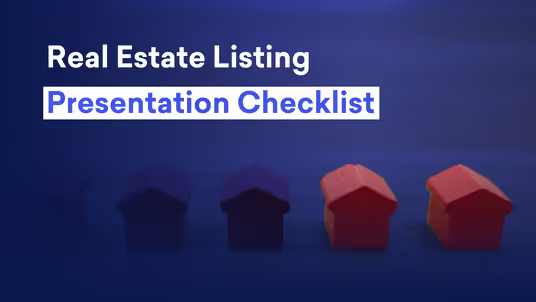






.svg)
.svg)
.svg)
.svg)
.svg)
.svg)
.svg)
